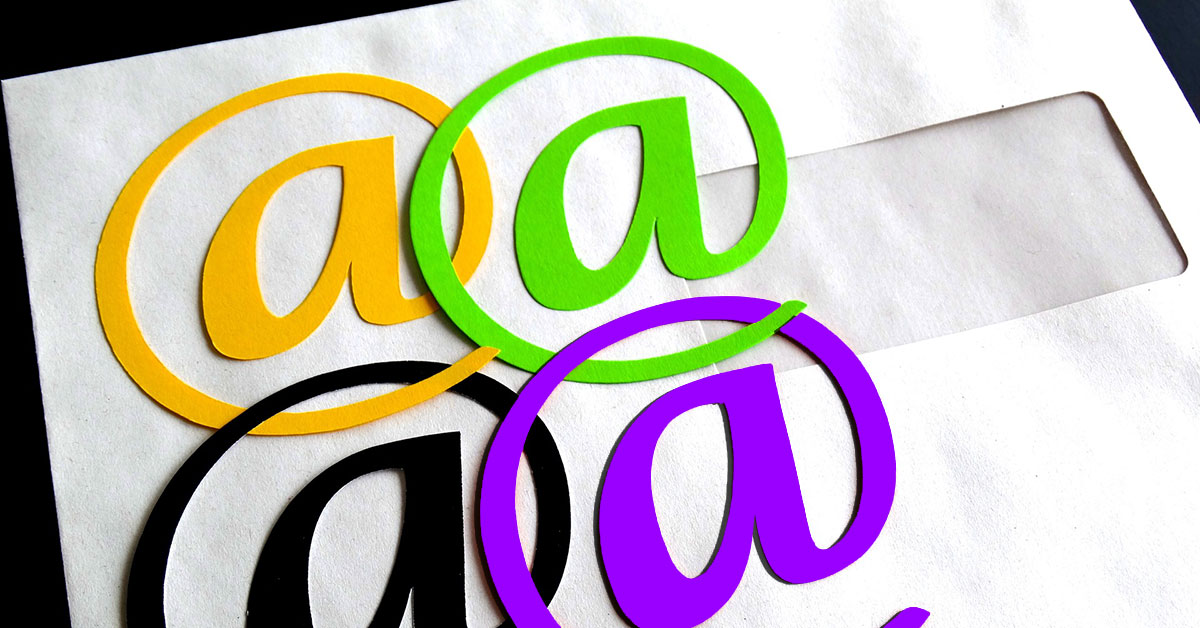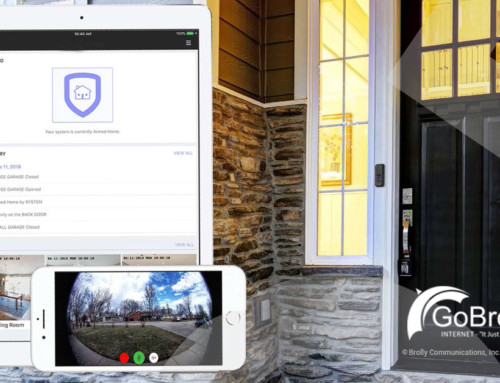The Amount of Data and Bandwidth Required For Email
In today’s world, email is something nearly everyone uses or at least understands. For the purpose of this blog, we’ll divide email into “basic” and “normal” categories.
Basic email is text only so it does not use much data. Nor does it use much bandwidth or require low amount of delay (or latency). A typical 80-word plain text message would be about 10 Kilobytes (KB) in size. As you know, it’s possible to receive thousands of email messages per month, so here are some rough estimates on actual data usage for basic email in a month.
- 100 email messages in a day x 30 days = 3,000 email messages a month.
- 3,000 email messages x 10,000 bytes each (10 KB each) = 30,000,000 bytes, or 240 Megabytes (MB) of data, or .24 Gigabytes (GB) of data.
This would add up to be less than 1 Gigabyte (GB) per month for basic email text messages. (This does not include downloading graphics, photos, videos or etc.).
And as for bandwidth, a 10 Mbps by 1 Mbps connection by your Internet provider far exceeds the requirements for basic email.
Normal email, which is email that contains logos, background patterns or attachments, usually uses a little bit more data. For this type of email, if every message is at the “limit” of 10 MB (which is another artificial limit imposed by “Unlimited” networks) that would work out to be as follows:
- 10 MB per email x 100 per day = 1,000 MB per day, or 1 GB per day.
- 1 GB per day x 30 days equals 30 GB in a month.
If this is truly your usage, you might consider using a file-sharing service, such as Dropbox, which allows you to transfer files without sending them through email.






